In most language classrooms, you might hear foreign words and phrases echoing off the walls. As students practice speaking to each other and teachers repeat instructions, it’s anything but quiet.
But in a classroom at the end of a hallway at the J. Graham Brown School, it’s silent aside from the constant hum of the air conditioning. The numbers of the clock on the wall are replaced with handshapes and students twist their hands in a “T” shape to leave for the restroom.
Here, Stacy von Roenn teaches JCPS’s only American Sign Language (ASL) class, a course that allows students to receive foreign language credits. While ASL is one of the most commonly used languages in the United States, it’s rarely available as a high school class.
I took von Roenn’s class in seventh and eighth grade, and at times, it was a struggle. My facial expressions weren’t clear enough, I could never read shapes correctly and I would always get lost whenever we watched videos of ASL.
However, her class gave me valuable insights into ASL and Deaf culture that hearing people may not realize.
In class, I learned that Deafness is not just a condition: it’s a cultural identity. Additionally, ASL is a language completely independent of English, with unique syntax, grammar and vocabulary — far more than just the alphabet.
Von Roenn studied ASL at the University of Louisville, hoping to communicate more effectively with her brother.
“Having a Deaf brother gives you immediate connection because it’s a small community and people know him,” she said.
After working with Deaf students directly as an interpreter at duPont Manual High School for 20 years, von Roenn began teaching ASL at Brown in 2020. She loves that her job allows her to make hearing students more aware of the Deaf community.
“They’re a community that otherwise doesn’t have good access and good representation, so having allies in the hearing community is super important,” von Roenn said.
Von Roenn’s students have been able to use their skills from her class in the real world, connecting with Deaf and hard of hearing individuals.
“The most recent one was a deaf person had asked a student’s mom for directions to something and my student was able to jump in and help out,” von Roenn said.
Students in von Roenn’s project-based ASL 3 class are expanding their reach beyond the classroom. This year, the students chose to address social isolation within the Deaf community. They’re currently planning social events with Deaf students in Jefferson County and working to bring ASL to duPont Manual as a foreign language course.
Madilyn Stewart, 15, is currently in von Roenn’s ASL 2 class and has been learning the language for three years. It’s important to her because it allows her to communicate with Deaf and hard of hearing individuals, but it also helps her on a personal level.
“My older brother is special needs and he’s nonverbal, so we use ASL, sometimes it’s adapted, to speak with him,” Stewart said.
Through her classes, Stewart now feels confident having a basic conversation with someone who is Deaf or hard of hearing, and hopes that her knowledge will help her in her future career.
She’s also learned ways to respectfully interact with a Deaf person, like flickering the lights or tapping their shoulder to get their attention.
“Mostly, it’s just, make sure you respect the culture because they’re people too,” Stewart said.
I’ve lost some of my ASL now that my high school doesn’t offer it. When I try to remember a phrase, I can only think of a few signs and letters of the alphabet.
However, something von Roenn once said in class has stayed with me. She understands that many of her students may lose the language, but she hopes that if we ever encounter a Deaf or hard of hearing person, we will know how to treat them with kindness, respect and understanding.


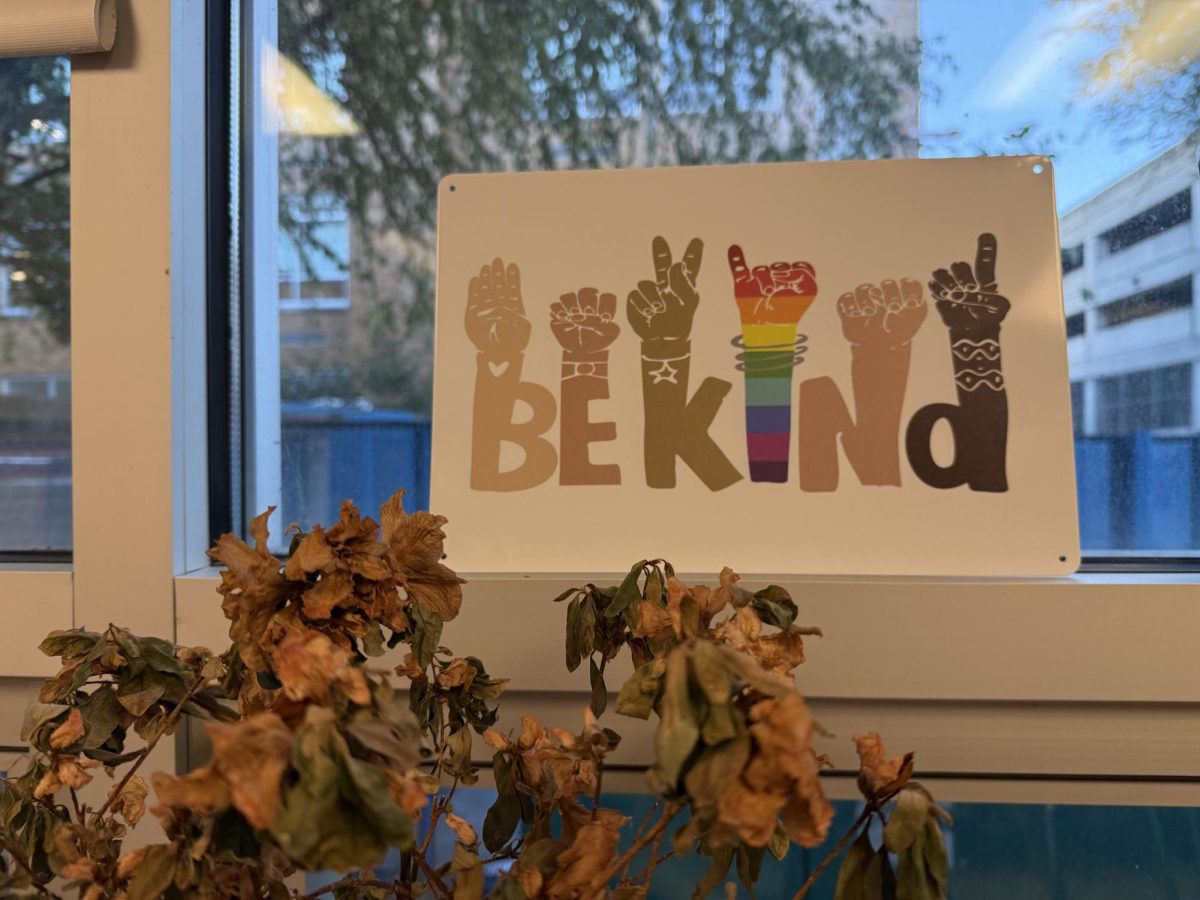

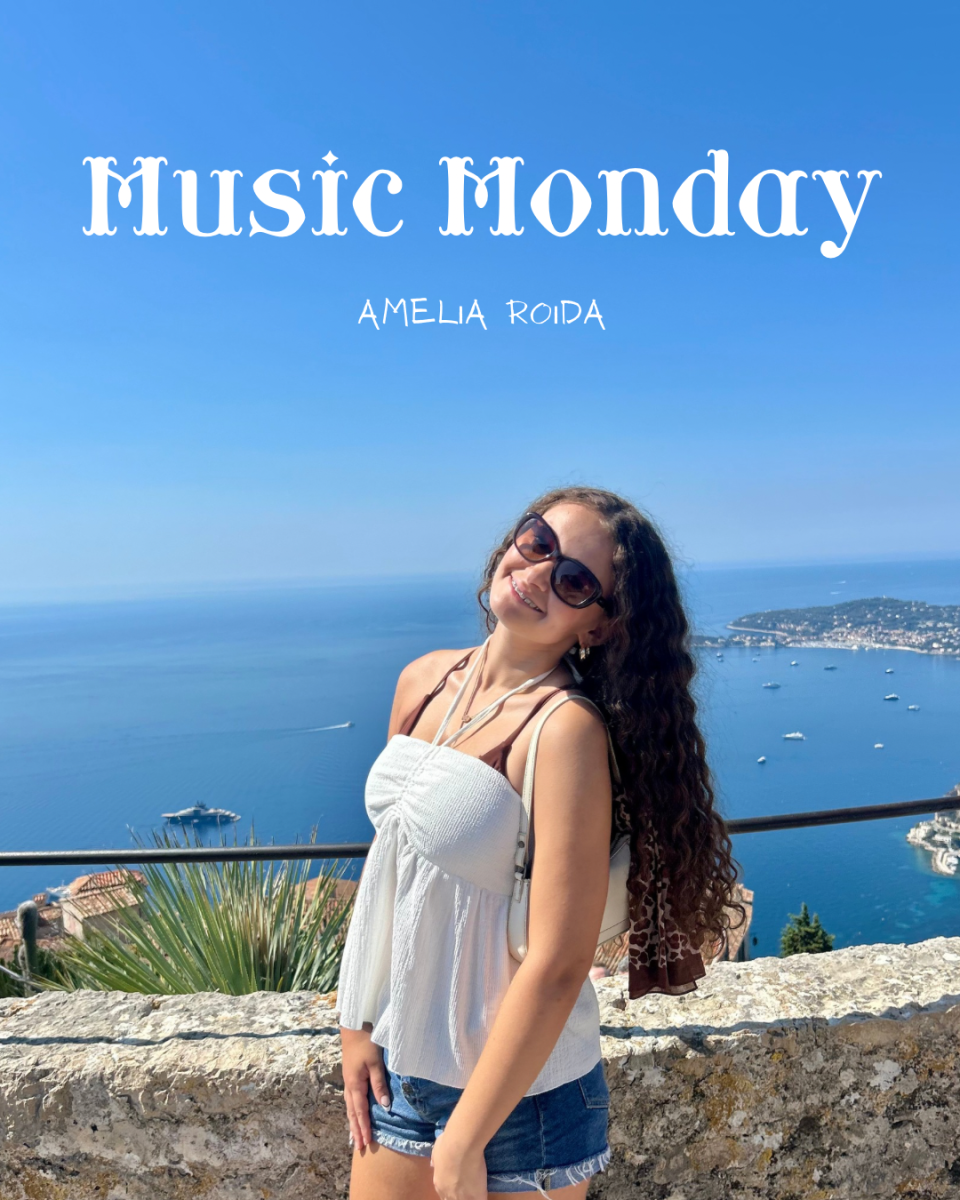
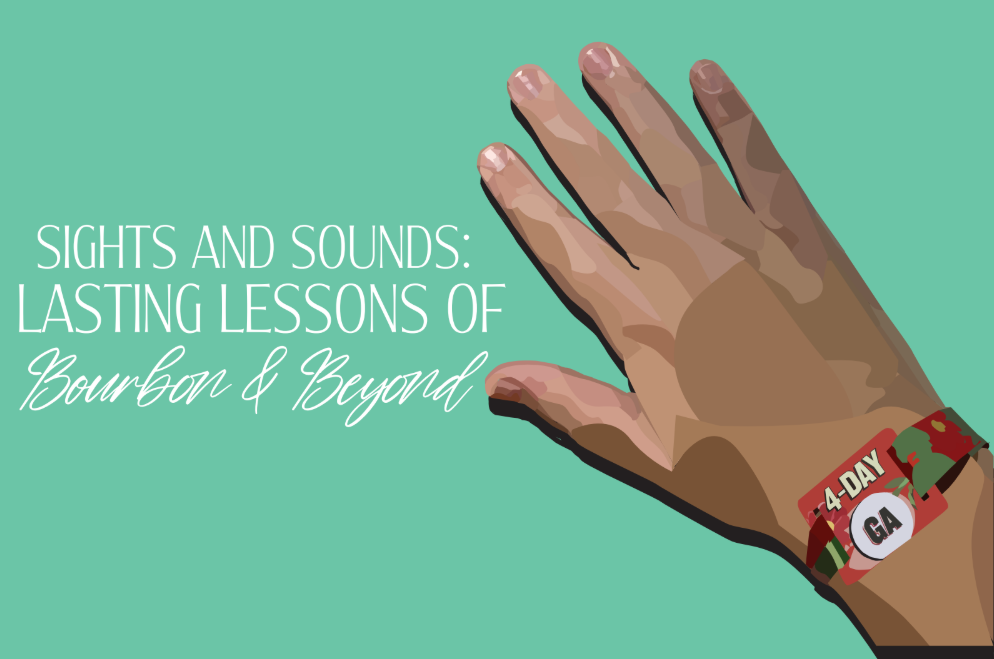

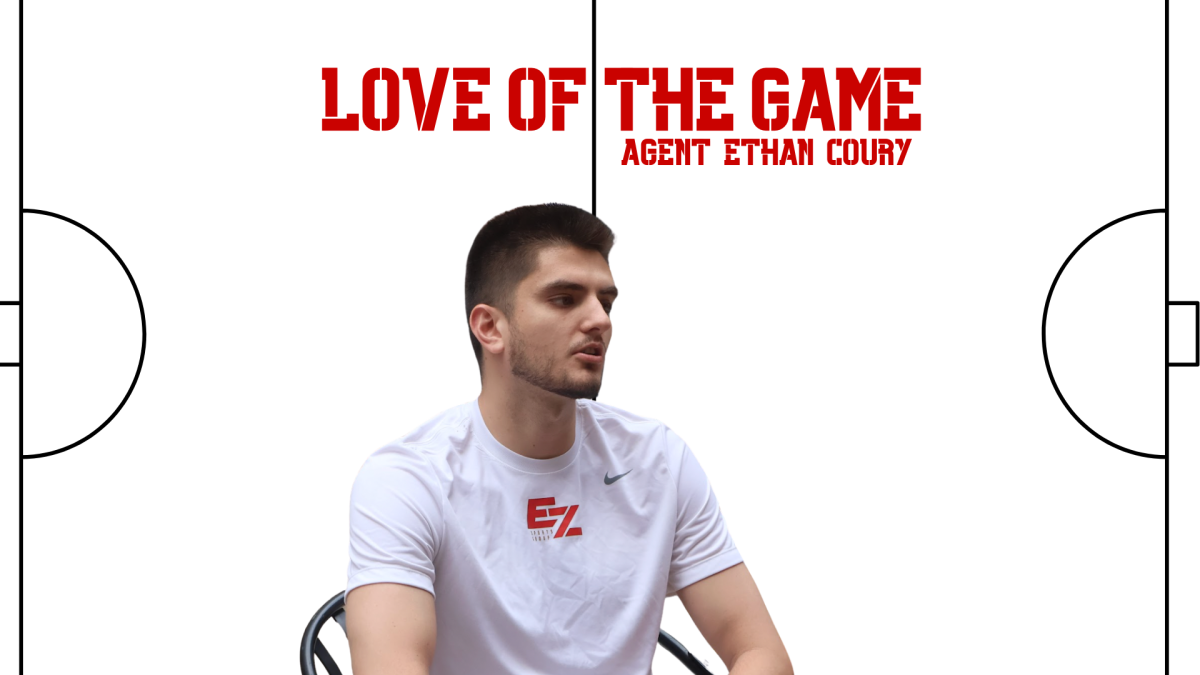
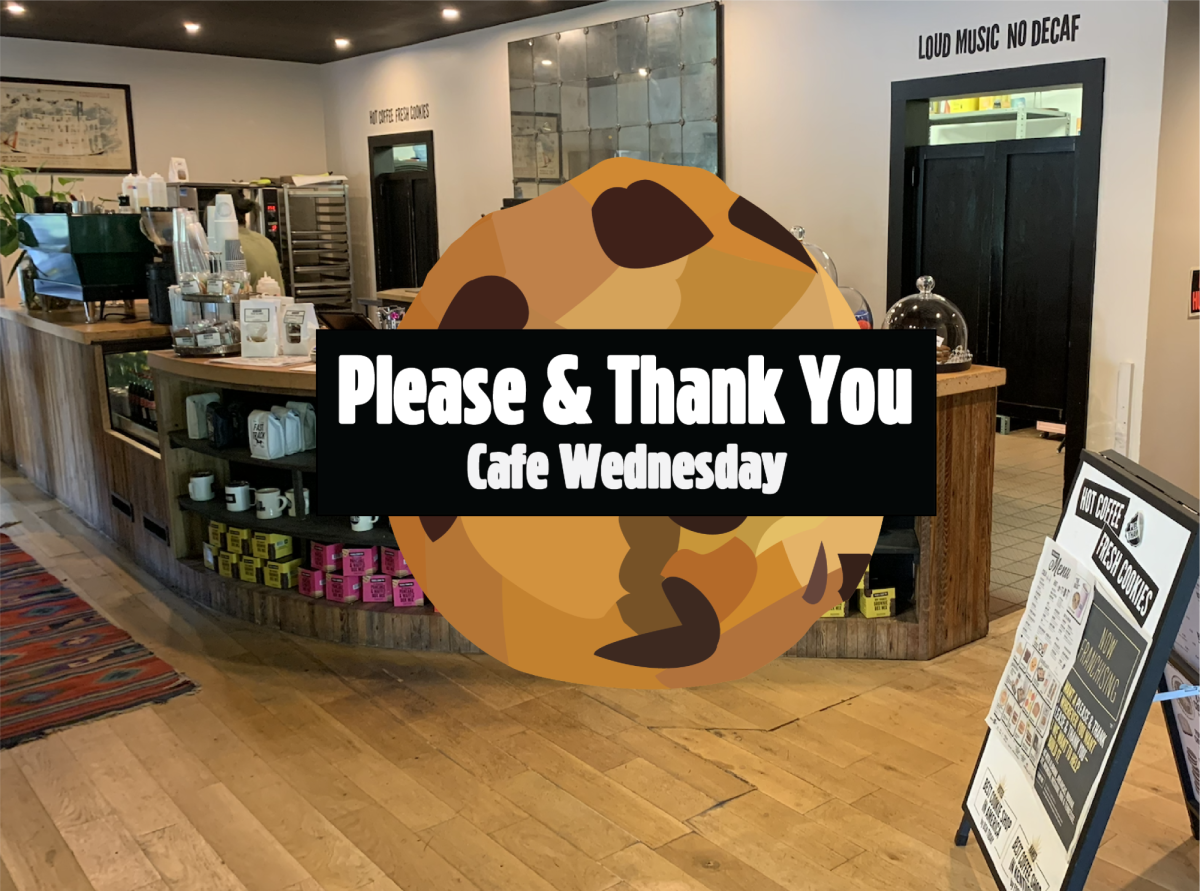
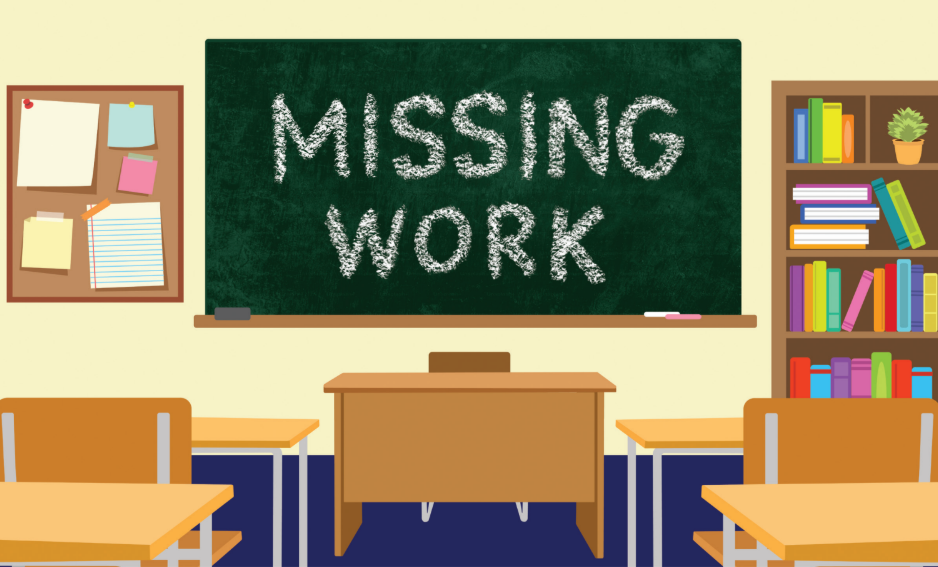

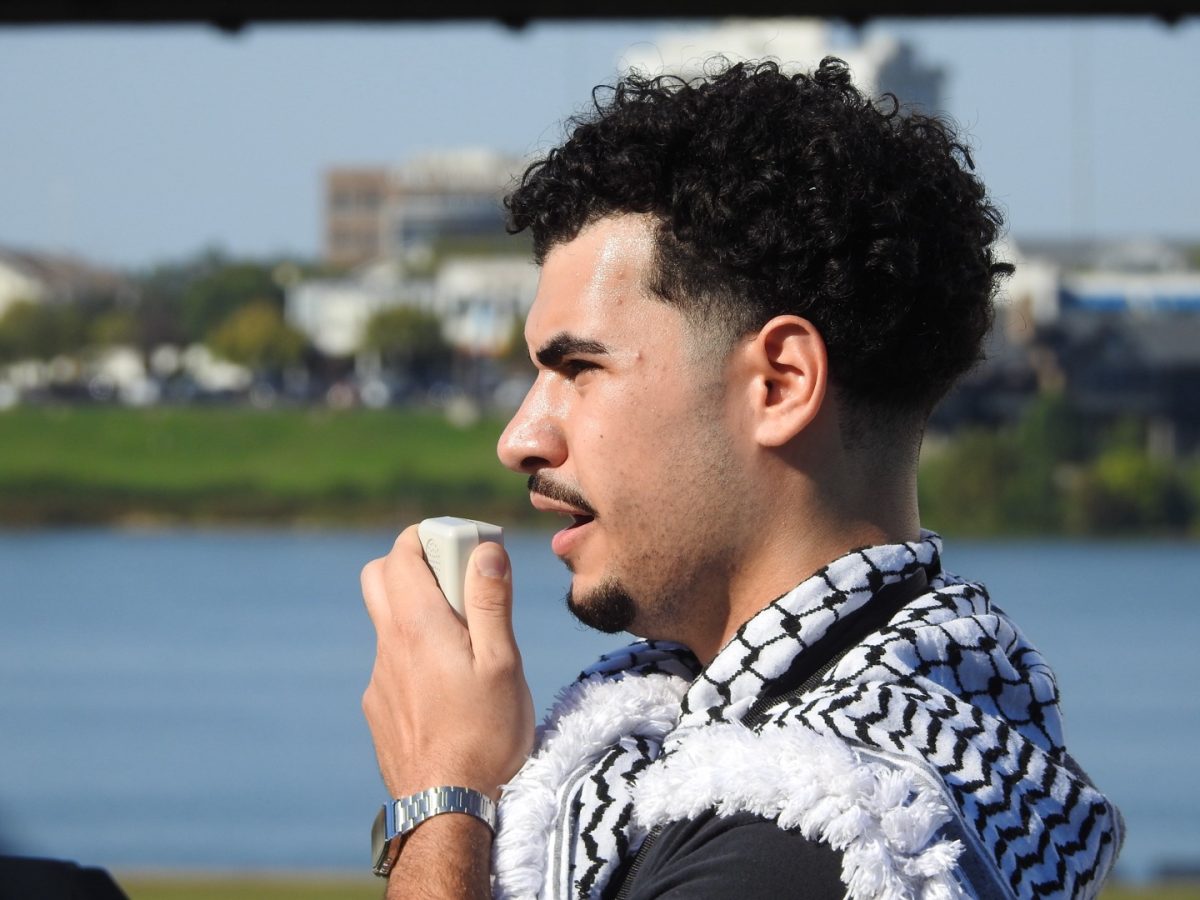
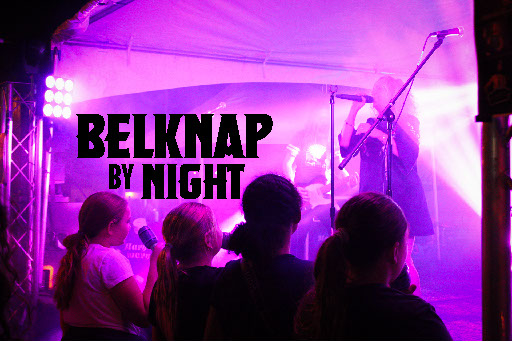
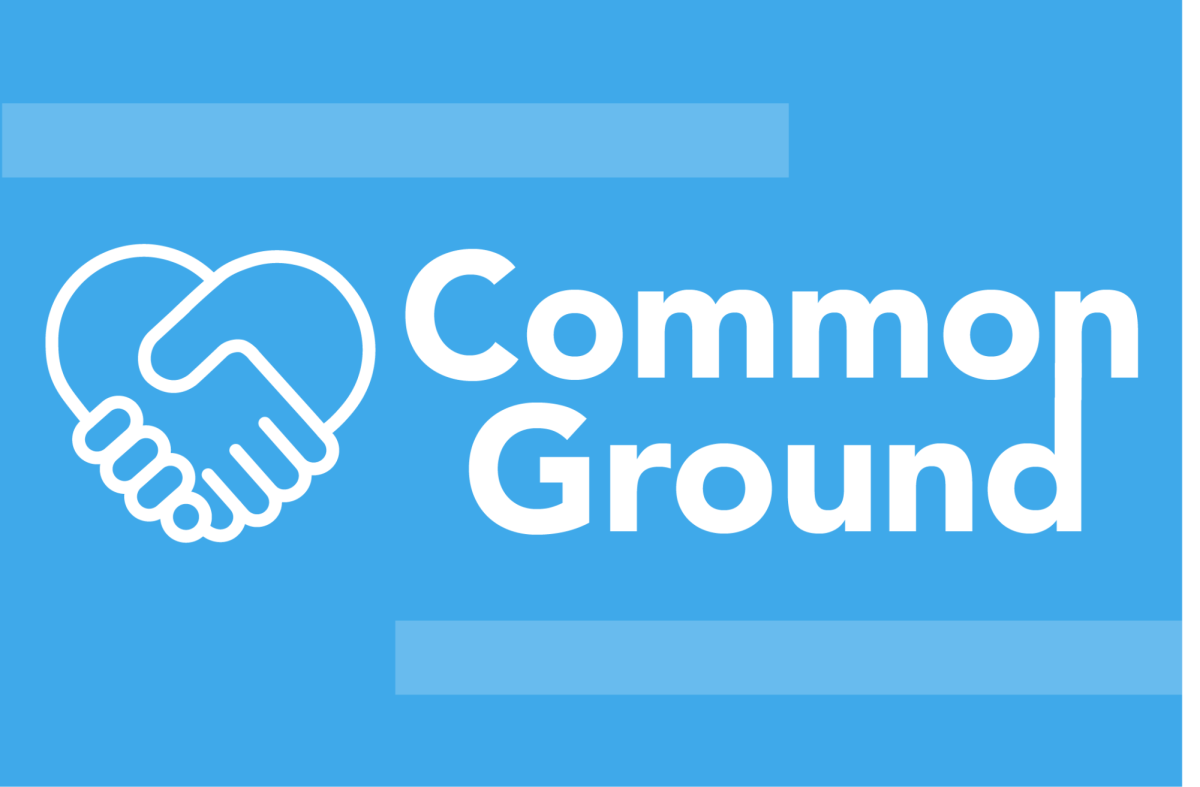
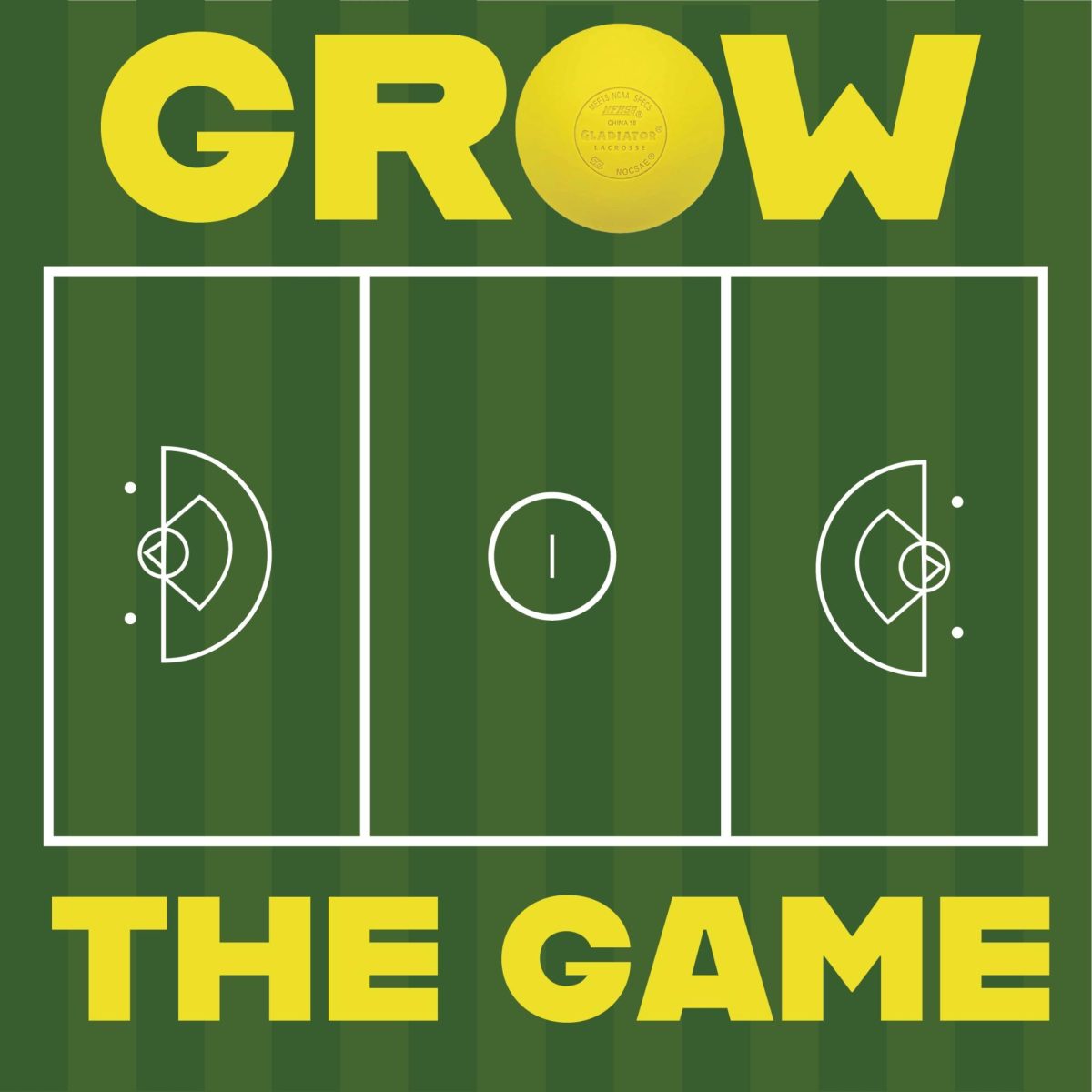


Sharon Dunlop • Nov 11, 2024 at 12:06 pm
Love this!! I did a small amount of sign language with special education, non verbal 3-5 year olds. It’s amazing to watch them learn to communicate .
Very proud of our grandson who is taking this class.